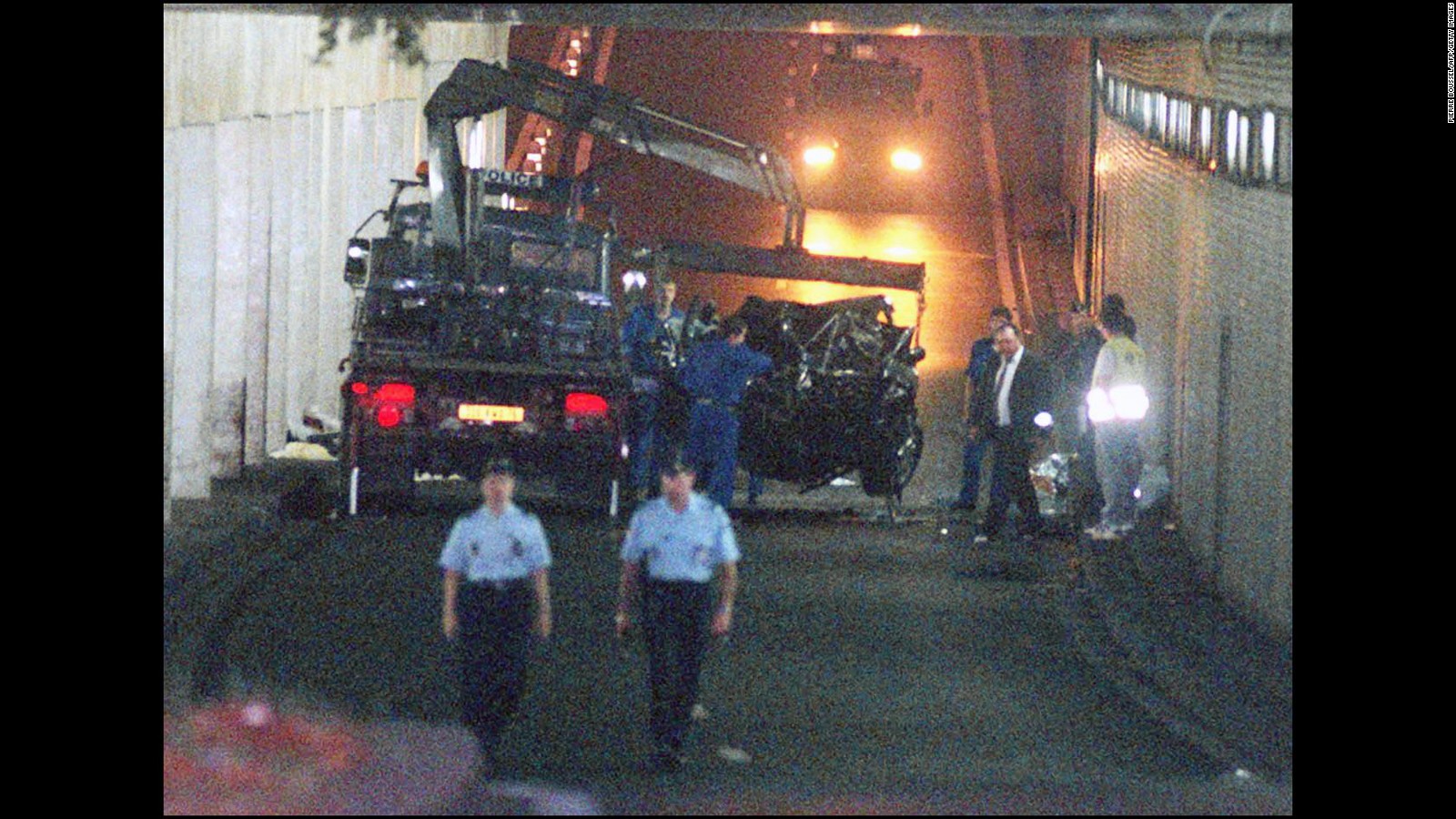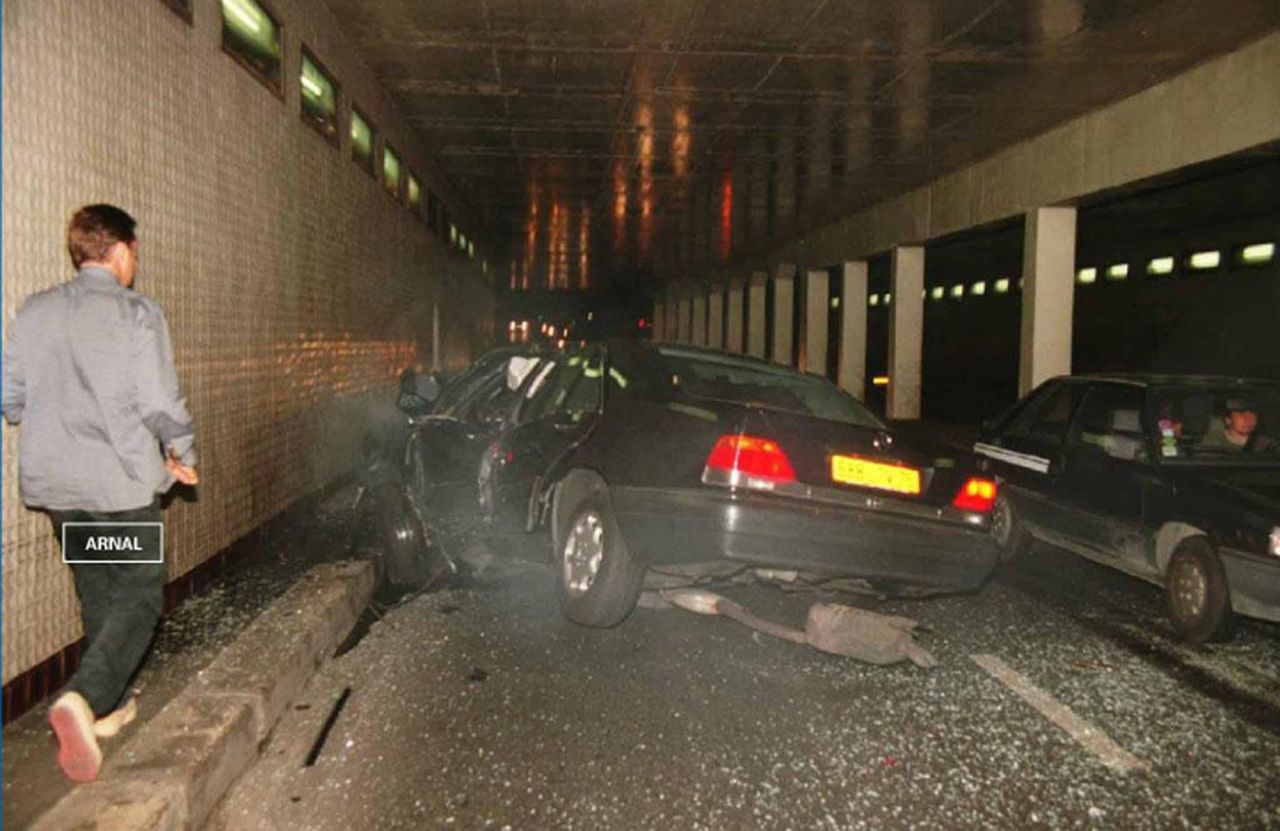Unveiling The Truth Behind The Iconic Dead Diana Photo
The story of Princess Diana remains one of the most captivating and tragic tales in modern history. Her death in 1997 sent shockwaves around the world, and the images associated with her final moments have become a part of global consciousness. Among these, the "dead Diana photo" has sparked intense debate, curiosity, and even controversy. But what exactly does this term refer to, and why does it continue to hold such significance?
Princess Diana was not just a member of the British royal family; she was a global icon who touched countless lives through her humanitarian work and charm. Her tragic death in a car accident in Paris on August 31, 1997, left an indelible mark on history. The media frenzy surrounding her passing included numerous photographs capturing the aftermath, some of which have been labeled as the "dead Diana photo." These images, though rarely seen by the public, have fueled speculation and discussion for years.
This article aims to delve deeper into the truth behind the "dead Diana photo," examining its origins, significance, and the ethical debates it has sparked. By exploring this topic thoroughly, we hope to provide clarity and understanding while respecting the memory of a beloved figure.
Read also:Sandy From Grease Black Outfit A Deep Dive Into The Iconic Look
Table of Contents
- Biography of Princess Diana
- Details of the Fatal Incident
- The Controversy Surrounding the Dead Diana Photo
- The Role of the Media in the Tragedy
- Ethical Debate: Should These Photos Be Released?
- Public Perception of the Dead Diana Photo
- Long-Term Impact on the Royal Family
- Conspiracy Theories Surrounding the Photos
- Legal Actions Taken Regarding the Photos
- Final Thoughts and Reflections
Biography of Princess Diana
Early Life and Family Background
Princess Diana, born Diana Frances Spencer on July 1, 1961, grew up in a family with deep ties to the British aristocracy. She was the daughter of John Spencer, Viscount Althorp, and Frances Roche. Diana spent much of her childhood at Park House, a property located on the Queen's Sandringham estate, where she developed a close relationship with the royal family.
Before her marriage to Prince Charles, Diana worked as a kindergarten teacher and showed early signs of her compassionate nature. Her marriage to Charles in 1981 catapulted her into the international spotlight, making her one of the most famous women in the world.
Humanitarian Work and Legacy
Throughout her life, Princess Diana dedicated herself to various charitable causes, including AIDS awareness, landmine clearance, and support for the homeless. Her work earned her the nickname "The People's Princess" and cemented her status as a global icon. Below is a brief overview of her life in a table format:
| Full Name | Diana Frances Spencer |
|---|---|
| Date of Birth | July 1, 1961 |
| Date of Death | August 31, 1997 |
| Spouse | Prince Charles (divorced) |
| Children | Prince William and Prince Harry |
Details of the Fatal Incident
The events leading to Princess Diana's death unfolded on the night of August 31, 1997, in Paris. After dining at a restaurant with her partner, Dodi Fayed, and their bodyguard Trevor Rees-Jones, the group left in a Mercedes S280. Tragically, the car crashed at high speed in the Pont de l'Alma tunnel, resulting in fatal injuries for Diana, Dodi, and the driver, Henri Paul.
Investigations revealed that the crash was likely caused by excessive speed and the driver's state of intoxication. Additionally, relentless paparazzi pursuit is believed to have contributed to the tragedy, adding to the controversy surrounding the incident.
The Controversy Surrounding the Dead Diana Photo
What Are the "Dead Diana Photos"?
The term "dead Diana photo" refers to the images taken by photographers at the scene of the accident. These photos, which captured the immediate aftermath of the crash, have been shrouded in controversy due to their graphic nature and the ethical implications of photographing someone in such a vulnerable state.
Read also:Sydney Sweeney Dog The Celebritys Beloved Canine Companion
While most of these images remain unseen by the public, rumors and speculation have persisted about their content and existence. The debate centers on whether releasing such photos would serve any purpose beyond sensationalism.
Why Are These Photos Controversial?
The controversy surrounding the "dead Diana photo" stems from several factors:
- Privacy concerns: Capturing images of someone in their final moments raises serious ethical questions.
- Media responsibility: The role of the media in exploiting tragedy for profit has been heavily criticized.
- Public curiosity: There is a fine line between legitimate interest and morbid fascination.
The Role of the Media in the Tragedy
The media played a significant role in both the events leading up to and following Princess Diana's death. The relentless pursuit by paparazzi has been widely condemned as contributing to the fatal crash. This has sparked discussions about the ethics of journalism and the need for responsible reporting.
Studies have shown that the pressure to capture exclusive images can lead to dangerous behavior by photographers. For instance, a report by the French police indicated that the paparazzi's pursuit of Diana's vehicle may have indirectly caused the crash.
Ethical Debate: Should These Photos Be Released?
Arguments Against Releasing the Photos
Many argue that releasing the "dead Diana photos" would be a violation of her privacy and dignity. Additionally, it could cause unnecessary distress to her family and the public. Experts in media ethics emphasize the importance of respecting the deceased and their loved ones.
Arguments for Transparency
On the other hand, some believe that transparency is essential in understanding the full scope of the tragedy. They argue that withholding such images may perpetuate conspiracy theories and misinformation. However, this view is often countered by concerns about the potential harm caused by public exposure.
Public Perception of the Dead Diana Photo
Public opinion on the "dead Diana photo" is divided. While some are curious to see the images, others believe they should remain private. Surveys conducted in the years following her death indicate that the majority of people respect the decision to keep these photos confidential.
Psychologists suggest that this division reflects broader societal attitudes toward privacy and media intrusion. The case of Princess Diana serves as a cautionary tale about the dangers of unchecked media practices.
Long-Term Impact on the Royal Family
The death of Princess Diana had a profound impact on the British royal family. It forced them to confront issues of public perception and media relations, leading to significant changes in how they interact with the press. The tragedy also highlighted the need for greater protection of royal privacy.
Studies have shown that the royal family's response to Diana's death helped improve their public image, as they demonstrated compassion and empathy during a difficult time. This legacy continues to shape their approach to public service and humanitarian work.
Conspiracy Theories Surrounding the Photos
Over the years, numerous conspiracy theories have emerged regarding the "dead Diana photo." Some claim that the images have been deliberately withheld to hide the truth about her death, while others believe they were fabricated to manipulate public opinion.
Experts stress the importance of relying on credible sources when evaluating such claims. By examining the evidence and consulting authoritative resources, it is possible to separate fact from fiction.
Legal Actions Taken Regarding the Photos
In the aftermath of Princess Diana's death, legal actions were taken to prevent the release of the "dead Diana photos." French authorities confiscated the images and banned their publication, citing privacy laws and ethical concerns.
These measures have been widely praised as necessary steps to protect the dignity of the deceased and their families. They also underscore the importance of legal frameworks in regulating media behavior.
Final Thoughts and Reflections
In conclusion, the story of the "dead Diana photo" is a complex and multifaceted one. It highlights the ethical dilemmas faced by the media, the importance of respecting privacy, and the lasting impact of Princess Diana's legacy. By examining this topic through a balanced and informed lens, we can gain a deeper understanding of its significance.
We invite you to share your thoughts and reflections in the comments below. Additionally, feel free to explore other articles on our site for more insights into history, culture, and current events. Together, we can continue the conversation and honor the memory of a remarkable woman who touched so many lives.
Sources:
- BBC News: "Diana: The Final Hours"
- Forbes: "The Media's Role in Diana's Death"
- Time Magazine: "The Ethics of Publishing Death Photos"


